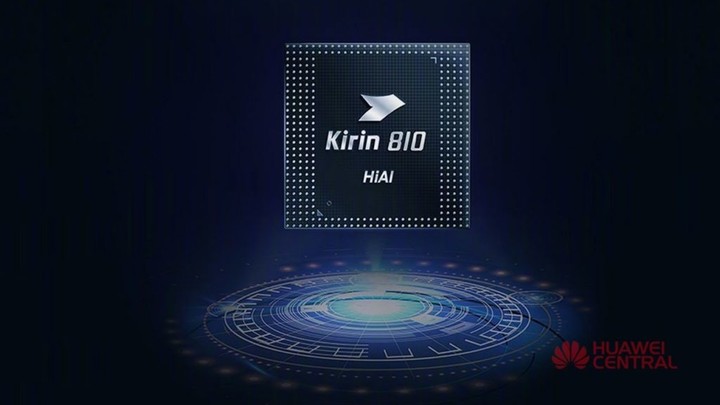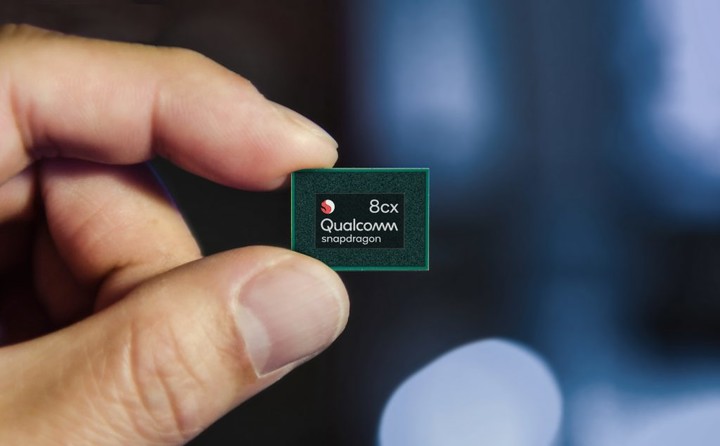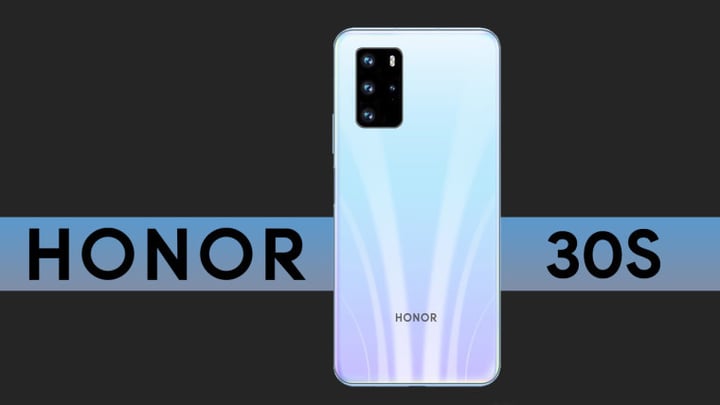In the era of K3V2, most people should not have such a rich day. His opponents such as Texas Instruments, STMicroelectronics, and Nvidia, who have been involved in the mobile phone AP field, are not in the mobile phone today. Fields played.
The development of the Kirin series to this day has become a trend of invisibility with Qualcomm and Apple. Qualcomm is still only doing upstream supply chain pursuits everywhere, Huawei and Apple are self-sufficient, and Samsung has to stand still.
Compared with Kirin 980, 990, and 990 5G flagship chips, the mid-range Kirin 8 series chips have always had a low volume, but they are a very clever strategy for Huawei.

At one time, Huawei used a Kirin 980 chip from the Nova series for young people to the highest-end Mate series.
From the user’s perspective, many people with the same core performance find it cheap. However, from Huawei’s perspective, this is not a good phenomenon, which means that the mainstream performance of the mobile phone and the flagship price can not open the gap in core performance such as running points, which will make the product positioning appear misaligned, and at the same time announce Marketing will also be passive.

If the top-level Kirin 9 Series is Huawei’s face, it represents Huawei’s cutting-edge design and manufacturing capabilities. The 8 Series is instead Huawei’s lien, which plays a role in adjusting the positioning level of Huawei products. Only the clearer this is, the better will Huawei’s products sell.
Huawei ’s thinking in the face of the mid-range processor strategy is very interesting, and it can even be said that it is a bit of Tianji horse racing.
Of course, this is not to say that it is really inferior to Tianji as Tianji race, superior to medium, and intermediate to lower. It is said that the product has formed a mismatch in positioning, performance, and time. I am stuck in the process of process replacement, which can seize the lead. The performance is not worse than the flagship. Hello, the price range is more flexible and free.

For the processors of Qualcomm, Huawei, and Apple on the market, the public is relatively familiar with Qualcomm. After all, there are many brands used, and the contrast between users is “taste of gunpowder”. Therefore, the performance of Qualcomm products is even more fundamental.
Compared to the days when the 8 series, 6 series, 4 series, and 2 series were all together, Qualcomm’s current product line has shrunk significantly, and basically only 8 series and 7 series products are widely used.
It has been three months since this year. Starting from Samsung, several brands such as Xiaomi, OPPO, vivo, realme, etc. all have Snapdragon 865 models coming out, and OnePlus waiting to be released later. Basically, most of the models that may use Snapdragon 865 have been included, but there are very few models of Snapdragon 765G. For example, Xiaomi has just released Xiaomi 10 Lite overseas. China may not know much about this model at all.
The shrinkage of the product line has caused certain problems, because the cost of the 5G era has increased. At present, the products of the Snapdragon 865 are almost above 3500 yuan. Compared with the 855 era of last year, it has opened more than 1,000 yuan, but But it lacks a sub-flagship product that can fill between 2500-3500 yuan. The last time Qualcomm had a sub-flagship product may go back to the era of Snapdragon 808/810.

This also caused a fault in the Qualcomm system between 2500-3500 yuan, because the Snapdragon 765G is the 5G only seedling of the Qualcomm Snapdragon mid-range series, but it has already reached 2000 yuan as early as last year, so you can see Almost all the models released until the end of March this year have been motivated to rush high-end.
Huawei brought orderlyKirin 820, as the successor of Kirin 810, has a very clear advantage in the mid-range market. First of all, let’s analyze this SoC first.

The Kirin 820 is the first 5G-enabled SoC of the Kirin 8 series, which means that this year it will compete directly with the Snapdragon 765G and Samsung Exynos 980.
The Kirin 820 uses a 7nm process, and the CPU uses the “Magic Modification” A76 architecture, 1 large core + 3 medium cores + 4 small cores of A55 architecture. The GPU uses a 6-core MaliG57, an upgraded self-developed architecture NPU, and Kirin ISP 5.0.
In terms of frequency, the large core ran to 2.36GHz, the three medium cores also ran to 2.23GHz, and the small core ran to 1.84Ghz. From here, you can see Ni Duan. Compared with Qualcomm Snapdragon 765G, Kirin 820 has two more A76 mid-cores, and its multi-core performance can easily surpass Snapdragon 765G.

Judging from the running scores of the recent Geekbench 5.1 version, the Kirin 820 has a single core score of 635 points and a multi-core score of 2433 points. The single-core score of Snapdragon 765G is 618 points, the difference is not large, but the multi-core score is only 1909 points, and there is a very obvious gap.
Samsung’s mid-range Exynos 980 is not an opponent, with a single core of less than 700 points and a multi-core total score of about 1900, which is comparable to the Snapdragon 765G.

The performance advantage has two benefits. The first is that there is a performance advantage at the same price. When the other aspects are similar, the performance advantage is likely to be the last one on the board. The second is that the price can be pulled higher. When the core performance is advantageous, the peripheral devices, including the final overall positioning, can go one step further. At this stage, more price ranges can be filled.
In addition, Kirin 820 is also an integrated 5G SoC, not an external type, and supports NSA / SA 5G dual-mode networks. Kirin 820 also supports a total of 5 5G frequency bands including n41 / n78 / n79 / n1 / n3. The theoretical peak downlink rate of 5G NR is 2.9Gbps, and the theoretical peak peak rate of 5G NR is 1.2Gbps.
Huawei, who was born in the communications field, is already the world’s top in terms of 5G network support. If you want to find the most complete mobile phone with frequency band support, then Huawei must be in the top few.

If you look ahead, in fact, Qualcomm has the most number of “God U” on the mid-range, Snapdragon 625, Snapdragon 652, Snapdragon 660, etc., but the times have changed, in the low-endThe market can no longer accommodate so many subdivided processor models, but the not-so-optimistic HiSilicon has gradually begun to take advantage in this field.
To gain another advantage in terms of price and performance, Qualcomm’s only way is to restart the production line of the previous generation flagship chip, just like the iQOO Neo used the Snapdragon 845 in the Snapdragon 855 era. After entering the 5G era, Qualcomm’s biggest mistake was that the price of the previous generation’s flagship was too low, and this generation’s price rose too quickly. Imagine that the price of 855 last year can only buy 765G this year, you know that Qualcomm will not go smoothly in the mid-range this year.
If you enter and retreat, and if you retreat, Kirin’s good card is played out.
Title map source: Android Authority